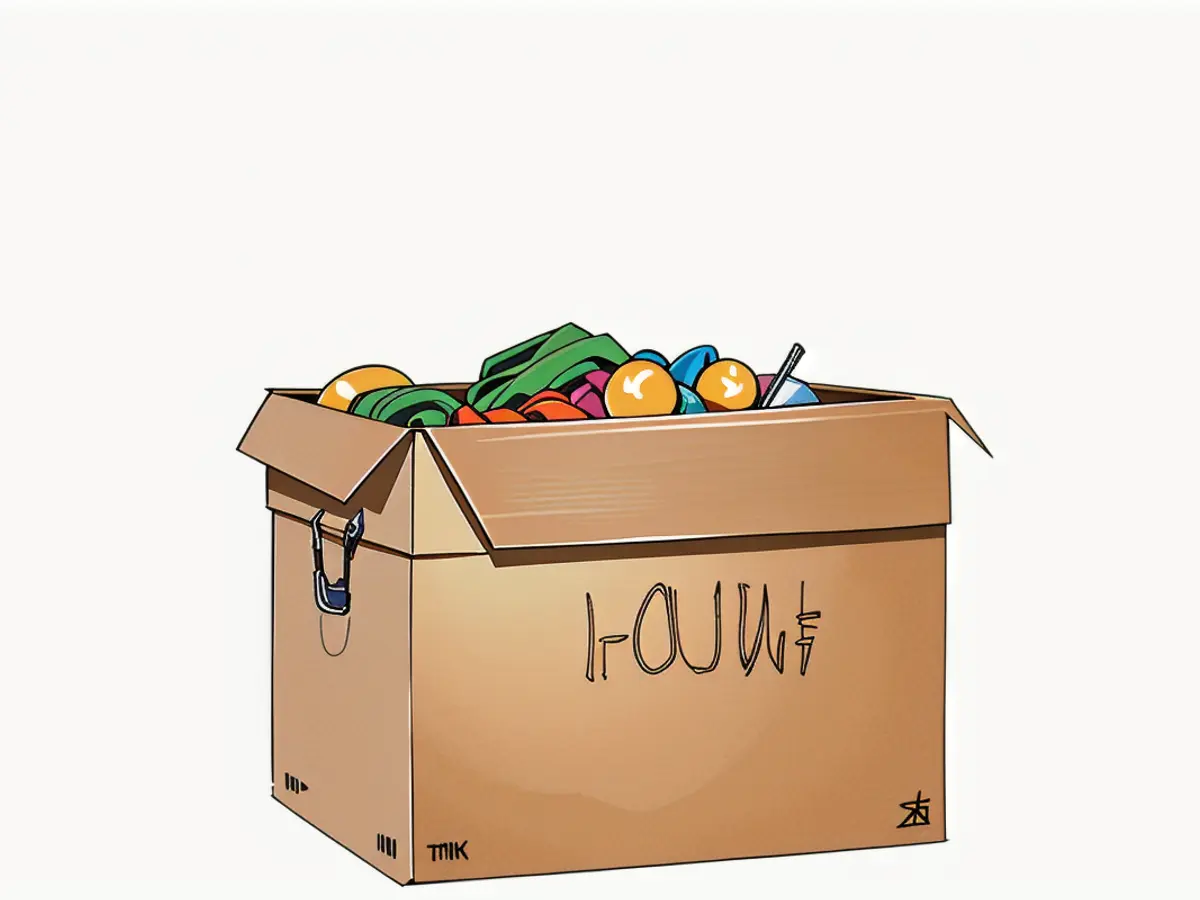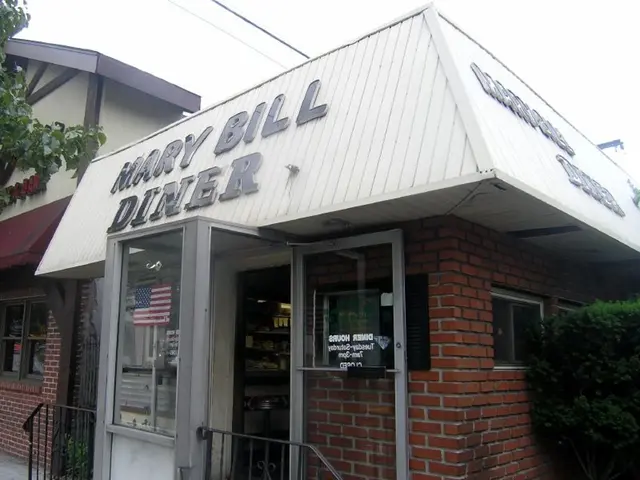Strategies for Archiving Past Recipes and Retaining Their Nostalgic Value:
Cooking up nostalgic moments with those cherished recipe cards? No worries, we've got you covered! From preserving Grandma's handwritten notes to storing your new favorite finds, here's a guide to keep those ever-important recipe cards safe and sound.
Traditional recipe cards are more than just a blueprint for a dish. They encapsulate treasured memories, whether it's the fond recollection of cooking with loved ones or a specific dish that reminds you of someone special - like Grandma's pound cake. These worn and batter-stained slips of paper, adorned with shorthand instructions (a dash of this, a pinch of that), are priceless time capsules that carry the handwriting of family and friends, even those who are no longer with us.
To keep these keepsakes for future generations, you'll want to either preserve the cards or store them in a way that protects them from being damaged or lost. But when it comes to those fragile, well-loved recipe cards, preserving the cards themselves may not always be possible.Instead, here are some creative methods for preserving the recipes and memories without destroying the physically fragile cards:
Frame it:Tattered but still simply precious recipe cards can be framed and displayed in your kitchen on the wall, keeping your sentimental favorite at easy reach while ensuring it remains protected.
Make it a tea towel or cutting board:Give that extra special recipe card a new lease of life by turning it into something functional and beautiful. Whether it's a tea towel, cutting board, or even acrylic trays, these items make great gifts for new generations.

Turn it into art:Hand-paint, re-print, or scan the text and handwriting onto a canvas or print, creating a lasting keepsake that's both charming and meaningful.
But what if you want to preserve Grandma's actual card? Here are some ways to store recipes that cater to both old and new cards:
Laminate:Give your recipe cards a protective coating by laminating them. Generally, storage options can include a box, ring, or binder, allowing you to safeguard your card collection against wear and tear.
Classic Recipe Box:A recipe box is a timeless storage solution that allows you to group recipes by size. By keeping them organized, you can easily find recipes without fear of losing them.

Create a Photo Album:A photo album can help protect your older cards, keeping them all together and easily accessible. Low-profile pockets help avoid damaging your beloved recipes with greasy fingers or water droplets.
Make a Binder:Create your own family cookbook by making multiple photocopies of each recipe card. Store them in a binder for easy access, allowing you to share the heritage of your family recipes with others.
Put Them On a Ring:While some might consider it sacrilegious, punching holes in the corners of your cards might help keep them organized and easily accessible, reducing the likelihood of losing individual cards.
Preserving handwritten recipes isn’t just about keeping their memories alive but also about passing down culinary traditions to future generations. Whether it be through digitizing the recipes, creating a recipe album or binder, making a handmade recipe book, or printing and sharing, you can ensure that the special recipes in your life live long after you've taken your last bite.

Enrichment Data:
General:
Preserving and storing handwritten recipe cards isn't just about preserving the physical cards but also about passing down culinary traditions. Here are some creative ways to achieve that:
- Digitize the Recipes
- Apps like Adobe Scan: Use apps like Adobe Scan to digitize your recipes. OCR technology makes handwriting text readable, and it's easy to store them in the cloud[2].
- Create a Recipe Album or Binder
- Memory protection: Store the original recipe cards in a photo album or recipe binder for extra protection.
- Make a Handmade Recipe Book
- Collect stories and memories: Gather personal stories and anecdotes that go along with each recipe to create a more meaningful keepsake.
- Print and Share
- Etsy: Find vintage-style printable recipe cards on Etsy[3].
- Combine with family stories: Record your family stories and traditions that go along with each recipe, to keep the memories alive.
By combining these methods, you can preserve the recipes, add a personal touch, and strengthen the emotional bond that connects generations.
Handwritten recipe cards, a testament to history and traditions, embody not only the steps to create a dish but also the culture and lifestyle of generations past. To ensure these keepsakes are safeguarded for future generations, creative methods are essential for preserving the recipes and memories without damaging the cards.
Framing the recipe cards or transforming them into tea towels, cutting boards, or wall art can extend their life while maintaining their charm. If you prefer to preserve the actual card, laminating it for protection or storing it in a classic recipe box makes for an excellent choice.
For those with a digital inclination, digitizing the recipes with apps like Adobe Scan allows for simple storage in the cloud. On the other hand, collecting family stories and memories for a handmade recipe book can create a more profound bond between generations.
Ultimately, preserving recipes isn't merely about keeping their memories alive, but passing down culinary traditions to future generations. By combining various methods, we can ensure that the special recipes in our lives continue to inspire and connect us beyond the last bite.




